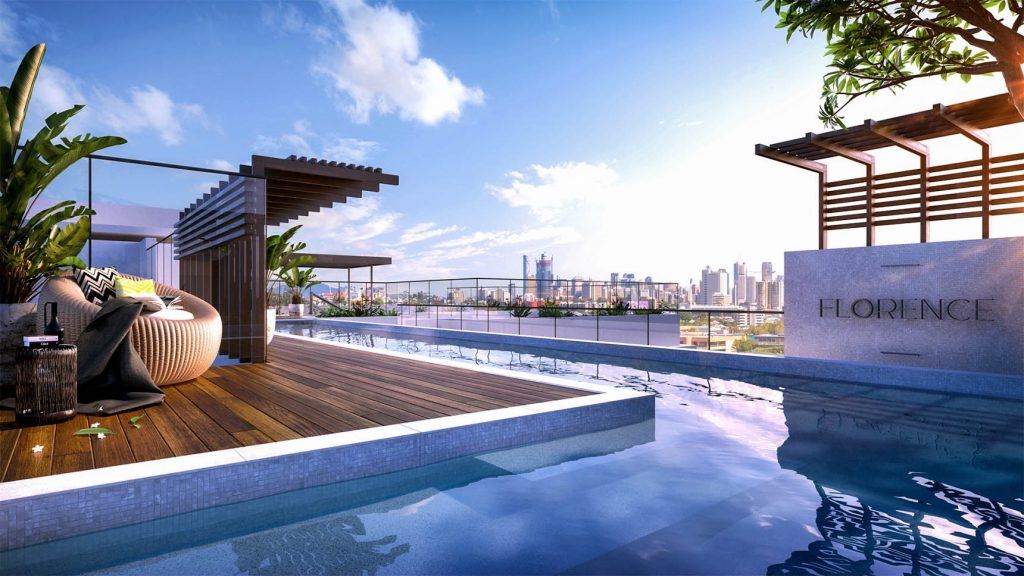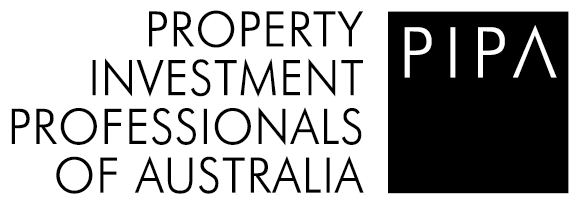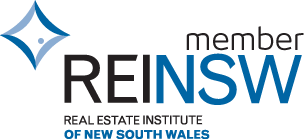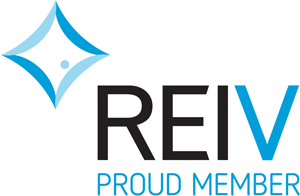How have the FAANGs influenced Australia’s property landscape?

Facebook, Amazon, Apple, Netflix and Google, known as FAANG, are making their respective dents in the Australian landscape, one move at a time.
Within a year of its arrival, Amazon had already left its mark with two huge warehouses and a 20,000 square meter office in Sydney. Now the company is ready to announce an agreement that will further upset the landscape of Australian commercial properties.
The e-commerce giant should soon move to its new location, 2 Market Street in the heart of Sydney’s CBD, pushing the Commonwealth Bank, Allianz and Caltex out, and doubling their space to 40,000 square meters. “The share of technology and multimedia leasing business in the office market over the past four years has been 12% and this is significant,” Knight Frank head of research Ben Burston said.
For Apple and Facebook, a national presence with a small number of employees is important, while Google and Amazon are much more committed to growing their brands in Australia.
Google’s big footprint in Australia
The giant of research and advertising, Google, is transforming the suburb of Pyrmont into a campus-style headquarters and creating the biggest footprint of all the FAANGs in Australia with 50,000 square meters on three buildings. “The biggest thing with the great international actors that come to town is the chain effect on the office market,” said architect Adam Haddow, of SJB, who designed the refurbished warehouse where WeWork and Domain have their offices nearby.
Wishing to pay a premium for a privileged position, the technology giants are creating more competition among tenants and increasing rents in a market with very little supply.
When Facebook made its way to Australia in 2009, with its first office in Sydney – above the Apple flagship store on George Street – a cultural shift began to ripple through the city.
“We saw a big change in the Sydney CBD, where Martin Place, which was the home of high-end finance, also became the home of great technology,” said architect Kellie Payne, whose Bates Smart company designed the Facebook offices in Sydney.
The other FAANG that had a huge influence on the office market, was the arrival of Apple in 2008 – when the iPods were all the rage. It was a turning point for the Australian retail sector as people queued for Apple’s iPhone at the Sydney Store in 2008.
Their first retail store, an impressive glass building in a prime location on George Street of Sydney, established a new benchmark for the customer experience.
“Apple is the pinnacle of driving the most enjoyable customer experience and it starts from the moment you walk through the door,” said Rich Lister and CEO of Precision Group Mall owner Shaun Bonétt AFR Weekend.
In 2013, after spending $28 million for renovations, Apple opened its largest store in Australia – about 2000 square meters – inside the Precision Group MacArthur Central Mall in the CBD of Brisbane.
With 22 stores across the country, it now plans to build “the most significant southern hemisphere store” in Melbourne’s Federation Square by 2020.
Netflix has no ownership footprint in Australia and the TV provider of the subscription is not expected soon. But its FAANG brothers are more than compensated.
There is no doubt that the establishment of technology companies, like Apple, from both a commercial real estate and an office point of view, has had a profound impact on the real estate market.
Source: https://aus.remonews.com/how-the-faangs-have-influenced-australias-property-landscape/







